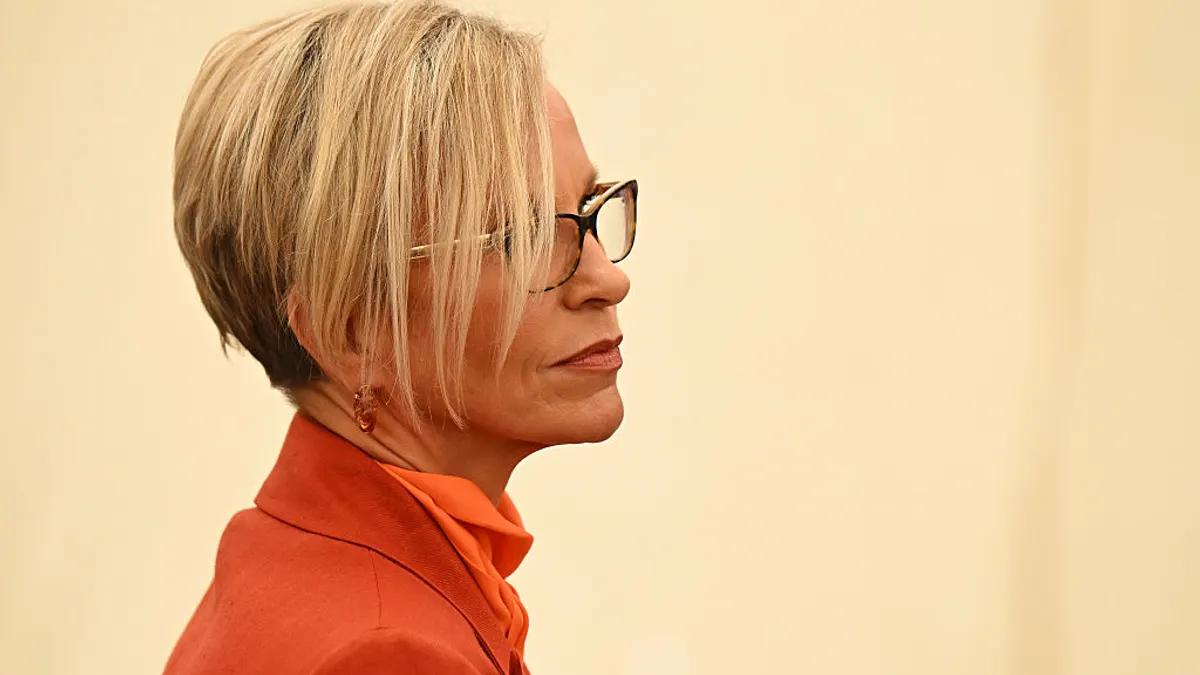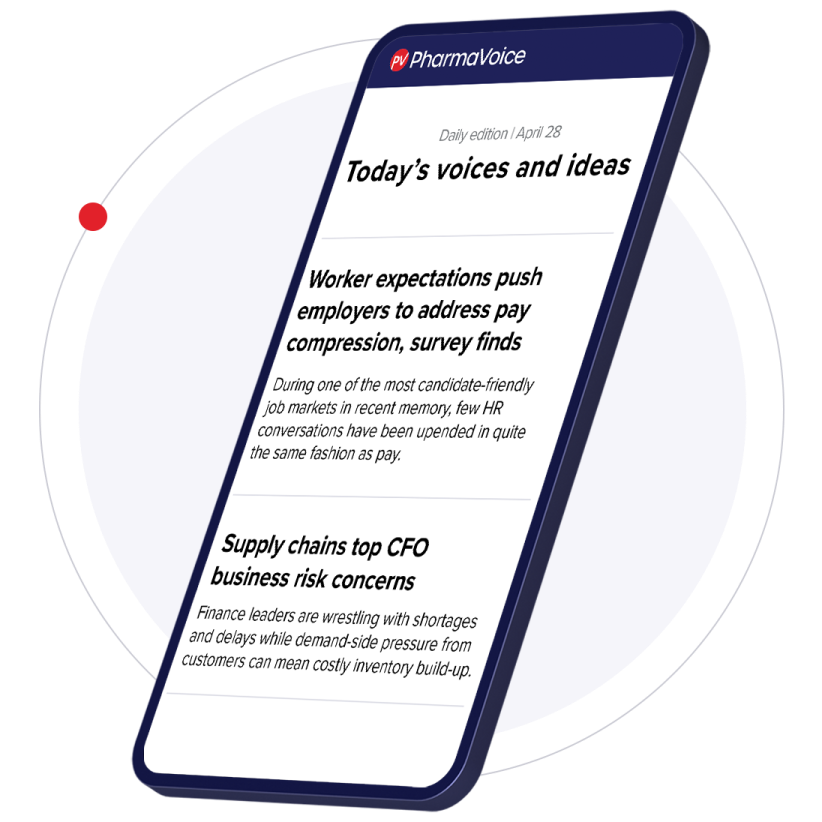If Big Pharma was a boy’s club before, now it’s even more so.
GSK announced this week that CEO Emma Walmsley is stepping down and handing the reins to the company’s chief commercial officer Luke Miels by the end of the year.
The shift brings GSK into what Walmsley described as a “pivotal year.”
Walmsley, a former executive from L’Oreal, shifted to the drug industry and became the first woman to head up a company in the Big Pharma realm when she took the top spot at GSK in 2017. Since then, she’s been credited for steering the U.K. pharma through notable transformations, including the spinoff of its consumer health business Haleon. Under Walmsley’s leadership, GSK leaned into specialty and innovative medicine R&D, scored an approval for the world’s first RSV vaccine and, last year nearly doubled its sales in oncology.
Despite the wins, Walmsley has also taken plenty of heat. Activist investors have questioned her lack of experience in biopharma R&D, and in recent years, GSK’s lost ground in the market for vaccines and faced anemic growth of share prices.
The “right moment” for new leadership is now, Walmsley said.
But Walmsley’s exit is another hit for women’s leadership in the industry. Despite research demonstrating the advantages of having female executives — including higher profitability, lower employee turnover and strong patient-focused innovation — closing the leadership gap between men and women in pharma has remained incremental.
Of course, there are plenty of notable exceptions. Here’s a look at pharma’s biggest companies by market capitalization that will have a female CEO at the helm.
Julie Kim — Takeda Pharmaceuticals

In June 2026, Julie Kim will take over as president and CEO of Takeda Pharmaceuticals, Japan’s largest drugmaker and one of the industry’s oldest, with roots that trace back to 1781.
Kim will replace Christophe Weber, who became the first non-Japanese CEO of the company in 2015.
Kim came to Takeda as part of its $62 billion acquisition of Shire in 2019 and has since served as president of the U.S. business unit and U.S. country head, where she managed Takeda’s largest business unit. Her contributions to Takeda’s plasma-derived business unit have also been notable, the company’s board chair said.
As part of her “multi-year succession process,” Kim will serve as interim head of the global portfolio division, according to Takeda.
Kim will take over as the large pharma, which boasts a market cap of nearly $45 billion, reexamines its portfolio. As part of the strategic process, Takeda announced this week it’s halting cell therapy R&D.
The company’s exit from the cell therapy arena triggered layoffs for 137 employees at a Massachusetts R&D site, according to Fierce Biotech.
Although Takeda leveraged dealmaking to build its cell therapy portfolio and manufacturing capabilities, it’s now focusing preclinical efforts on “novel and highly innovative therapeutic candidates,” including small molecules, biologics and ADCs.
Dr. Reshma Kewalramani — Vertex Pharmaceuticals

As the leader of Vertex Pharmaceuticals, Dr. Reshma Kewalramani is managing one of the industry’s most unique and groundbreaking portfolios.
In the last few years, Vertex notched approvals for the first-ever CRISPR-based drug and the first novel pain medication in two decades. It’s also scored five FDA nods in cystic fibrosis. For one of its next tricks, Vertex is aiming to crank out a potentially curative cell therapy for Type 1 diabetes.
The company’s growing portfolio drove a 12% increase in revenue last year and lifted Vertex’s market cap to over $104 billion. Vertex is one of the few pharma companies to make a biomarker-focused approach to R&D and “serial innovation” a winning model, the company’s former scientific chief Dr. David Altshuler told PharmaVoice last year.
Overseeing it all, Kewalramani, who took over as CEO in 2020, is bringing her own set of skills to the table. She has an MBA from Harvard Business School and launched her career in scientific research before jumping into pharma.
Kewalramani will have to navigate the challenges that come with managing a portfolio that has different types of therapies with unique requirements in commercialization logistics and strategies.
The launch of Vertex’s groundbreaking sickle cell disease CRISPR treatment Casgevy, for example, has been off to a sluggish start as the company expands access through reimbursement deals and the launch of more authorized treatment centers for the multimillion-dollar therapy. Casgevy pulled in just $10 million in revenue last year.
Dr. Yvonne Greenstreet — Alnylam Pharmaceuticals

A pioneer in the RNA interference therapy space, Alnylam Pharmaceuticals has been on the upswing in the last year.
Buoyed by strong uptake for its rare heart disease drug Amvuttra, the company’s market cap recently shot up to over $50 billion as its second-quarter revenue beat analysts’ expectations by nearly 19%.
Dr. Yvonne Greenstreet came aboard the Cambridge, Massachusetts-based biopharma in 2016 as chief operating officer, before being promoted to CEO in 2021. A trained physician with an MBA, Greenstreet brought 20 years of Big Pharma experience to the role from stints at Pfizer and GSK.
That background could come in handy as Amvuttra faces competition in the ATTR amyloidosis with cardiomyopathy market from treatments by Pfizer and BridgeBio.
But with Greenstreet leading the way, Alnylam has been broadening Amvuttra’s reach by scoring approvals for new indications while pumping up revenue for its three other approved drugs.
The company is also developing a broad pipeline of RNAi candidates in rare, cardio, metabolic and neurological diseases to deliver future growth.


















